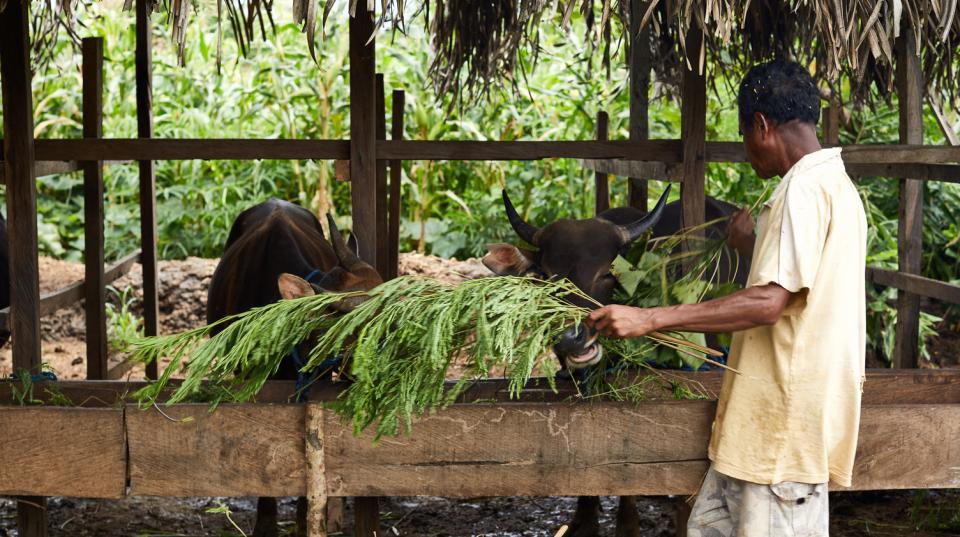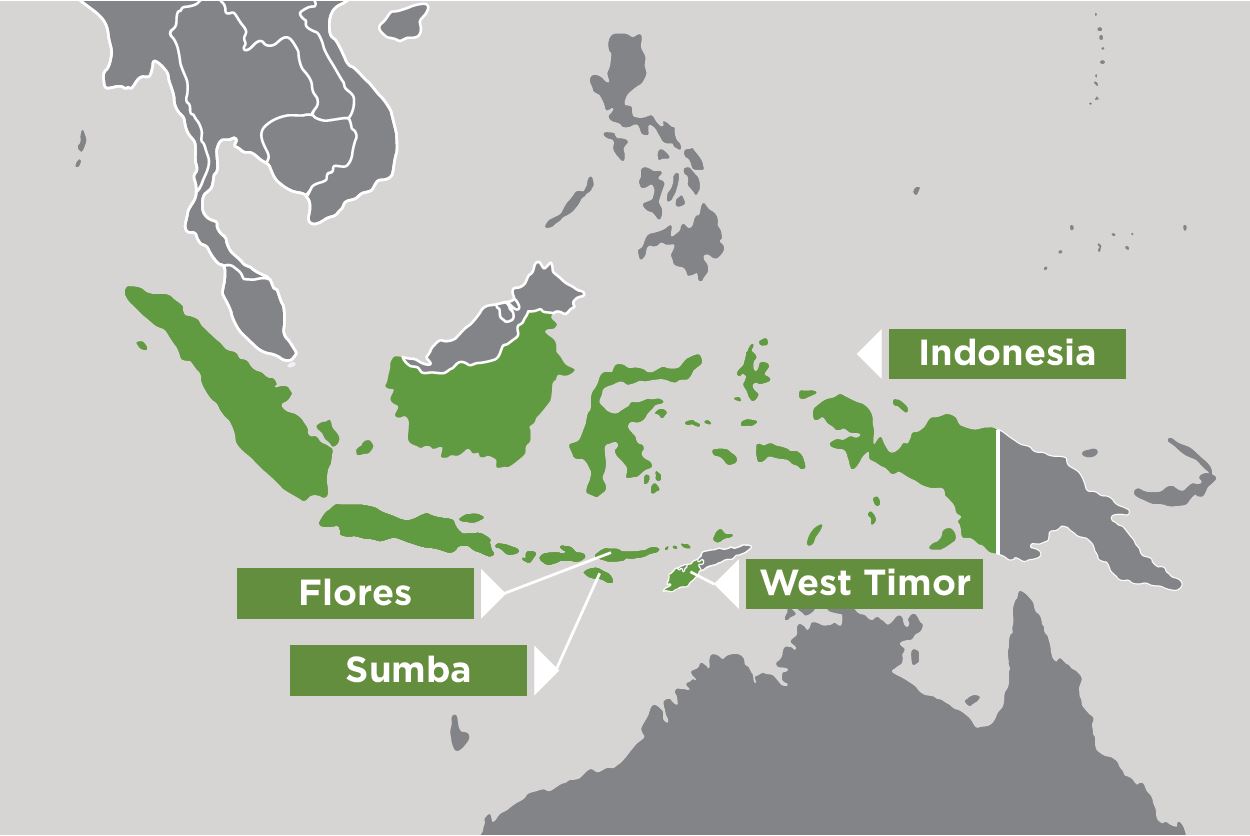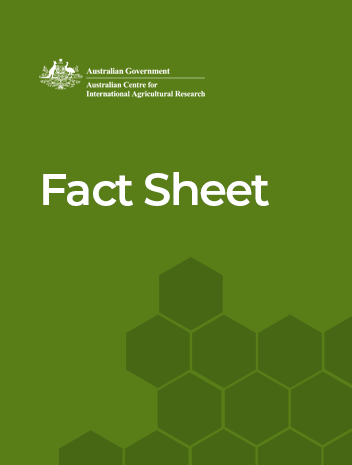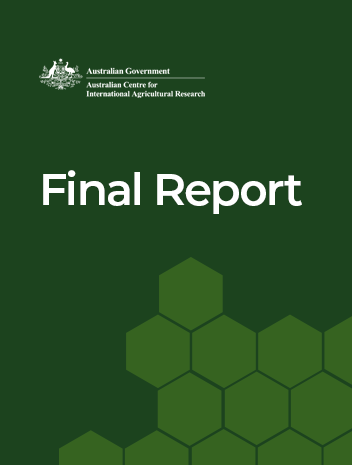Overview
This project is further establishing the benefits of integrating forage legumes in smallholder crop and livestock systems in East Nusa Tenggara, Indonesia.
East Nusa Tenggara (ENT) is one of Indonesia’s poorest provinces, with high rates of poverty and food insecurity among rural smallholders.
Crop nutrition, agronomic practice, rainfall yields of cereals (maize and rice) are low and seasonably variable. Annual rainfall is high but variable.
There is potential to reduce current animal and crop production constraints, without impacting on current food security, by integrating forage legumes into cereal cropping systems.
This project aims to: develop forage legume use and management recommendations that optimise growth, quality and impacts on subsequent crops; determine target timing and livestock classes to feed forage legumes; quantify the impact on profitability and livelihoods and identify key drivers and limitations for integrating forage legumes across diverse farming systems in ENT; understand key physiological and agronomic influences on legume seed production; and improve knowledge and skills in legume-based crop and livestock systems and systems research approaches in Indonesian research and farming communities.
Project outcomes
- Increased knowledge of the benefits of herbaceous legume integration.
- Improved crop yields, cattle live weight gains and birthing rates.
- Reduced feed costs and calf mortality.
- Increased awareness of animal performance and quality, more effective marketing.
- Improved livelihoods, economic status and food security for smallholders.
- Increased scientific capacity in agricultural research and extension agencies.
- Increased expertise in livestock management, forage legume cultivation and farming systems.
- Engaged producer groups testing and utilising forage legumes consistently.
- District and provincial government departments’ support and promotion.
- Recognition by local livestock traders of the impacts of forage legumes.
- Development of a commercial seed industry.







